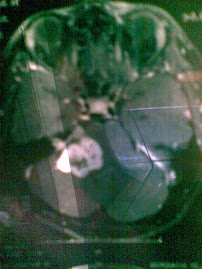
Tadinya bikin blog ini buat catatan tentang my journey w/ AN, tapi kok malahan pengen curhat about anything else? heu heu... ;)
Duh...udah lama ga dengerin can't take my eyes off of you...,jadi flash back ke 12 tahun yang lalu...remembering someone that really matter to my life, I have story about this song, especially the lyrics... my own story I guess...and this song was the soundtrack of the movie we watched at our first date,
At long last love has arrived…and I thank god I’am alive…
Your just too good to be true…,
I need you baby to warm my lonely night…
Oh pretty baby don't bring me down I pray...
Now that I found you stay...
Let me love you baby..let me love you...












.jpg)
